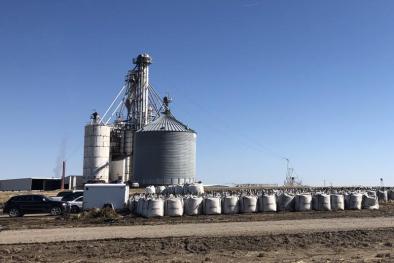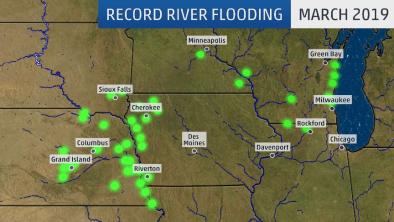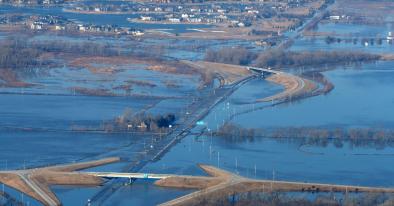Science Source
A simple approach to distinguish land-use and climate-change effects on watershed hydrology
- States that impacts of climate change on watershed hydrology are subtle compared to cycles of drought and surplus precipitation (PPT), and difficult to separate from effects of land-use change
- States that, in a 25-yr, small-watershed experiment in Iowa, when annual hydrologic budgets were accrued between droughts, a coupled water-energy budget (ecohydrologic) analysis showed effects of tillage and climate on hydrology could be distinguished
- An analysis of covariance showed the fraction of precipitation discharged increased, while unsatisfied evaporative demand decreased with time among the four watersheds (p < 0.001)
- Within watersheds, agricultural changes were associated with ecohydrologic shifts that affected timing and significance, but not direction, of these trends
- Thus, an ecohydrologic concept derived from small-watershed research, when regionally applied, suggests climate change has increased discharge from Midwest watersheds, especially since the 1970s
- By inference, climate change has increased susceptibility of nutrients to water transport, exacerbating Gulf of Mexico hypoxia
Related Content
Headline

Mar 25, 2019 | U.S.
Floods shut nearly a sixth of U.S. ethanol production
Headline

Mar 22, 2019 | The Weather Channel
Record Flooding in Nebraska, Iowa, South Dakota, Wisconsin, Minnesota and Illinois Follows Snowmelt, Bomb Cyclone
Headline

Mar 22, 2019 | New York Times
Why Is There Flooding in Nebraska, South Dakota, Iowa and Wisconsin?
Science Source
| Journal of Climate
The Effect of Global Warming on Severe Thunderstorms in the United States


